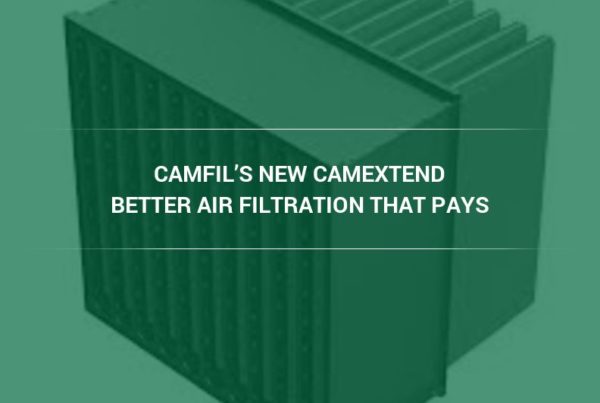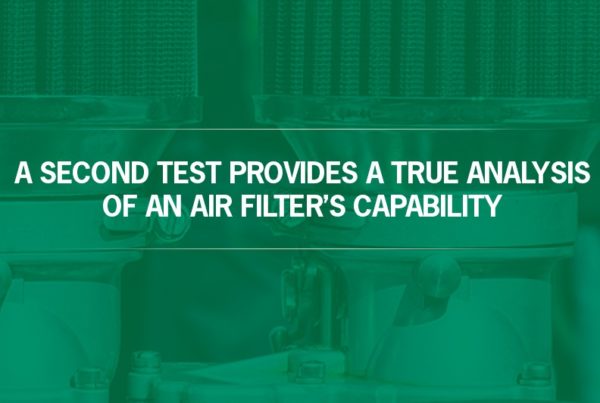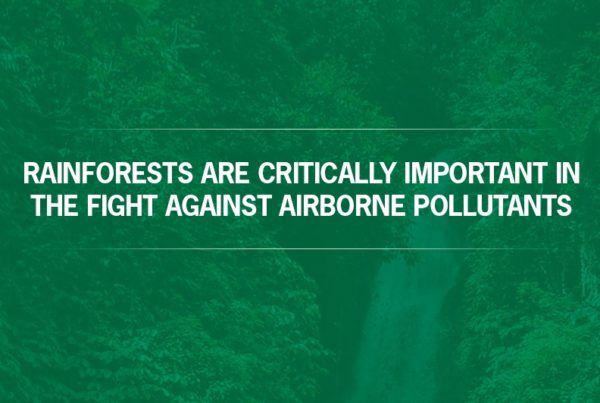In a new Google Hangout by Camfil Air Filters, parents and administrators will learn that air quality in schools is not as good as they think, and how it can be improved
Schools are about education, enrichment, and empowerment, but when it comes to another ‘e-word,’ there is often — and surprisingly — cause for concern. The indoor air environment within school buildings is often not what parents and administrators think, putting students at higher risk for health problems, particularly respiratory diseases like asthma. The good news, however, is that there are simple and readily available solutions.
In a new Google Hangout from Camfil, the world’s leading provider of clean air solutions, air filtration expert Charlie Seyffer discusses how school air quality often doesn’t measure up — and how it can be dramatically improved.
Schools, Seyffer says in the video — now available for viewing at http://youtu.be/d2SnLQel5Vk — are “one of the places where we really don’t take care of the air like we do in other facilities. In commercial buildings, the air is often four times cleaner than in a school building.” This is contributing to troubling trends, he notes, such as the incidence rate of asthma increasing by more than 20 percent over the last 5 years.
Fortunately, effective air filtration can reduce the risks by keeping dangerous particulates out of the indoor environment. Particulates, which can get into the lungs and cause health problems, are particularly worrisome in schools that are near roadways, where fine particulates generated by cars and trucks can seep into the building. Compounding the problem: Many older schools still use unit ventilators that are more conducive to heating than air filtration.
But new schools, says Seyffer, are increasingly taking a big step in the right direction by installing central HVAC systems, such as those used in modern commercial buildings. “When they do that, we can improve the filtration, and bring the air quality in schools up to that in office buildings,” he says.
When to replace HVAC filters is another topic Seyffer discusses in the video. Proper filter maintenance is crucial, as schools want to ensure that their air solutions are operating at optimal efficiency. Like hospitals, schools can face difficulties in changing filters, as the systems are continually in use and it can be hard to block out time for maintenance. But school vacation periods are often a natural point to do the work with minimal interruption to staff and students.
Filter maintenance is also simplified by the high-efficiency nature of today’s best HVAC replacement air filters. Camfil, for example, leverages a half dozen global research centers to create air filters that maintain peak efficiency longer than more traditionally designed filters. That means they last longer, reducing change-outs and lowering disposal and labor costs.
Seyffer also explains where viewers can learn more about improving air quality within schools. The Camfil website, for example, features a special 8-page brochure titled Tools for Schools. “It’s a nice 8-page document that gives recommendations,” says Seyffer, “and steers schools in the right direction.”
The world leader in HVAC air filters, Camfil provides clean air solutions for hospitals, hotels, office buildings, educational institutions, and pharmaceutical and biotech companies. We provide the tools to achieve sustainability, maintain high air quality, and reduce airborne infections — all while lowering total cost of ownership. Camfil customers go green without ever sacrificing performance. For more information, visit us online at www.camfil.us, or call us toll-free at 888.599.6620.



